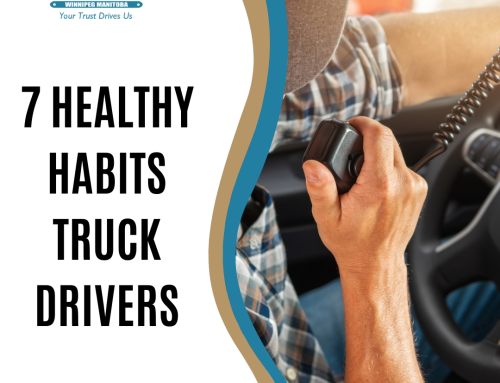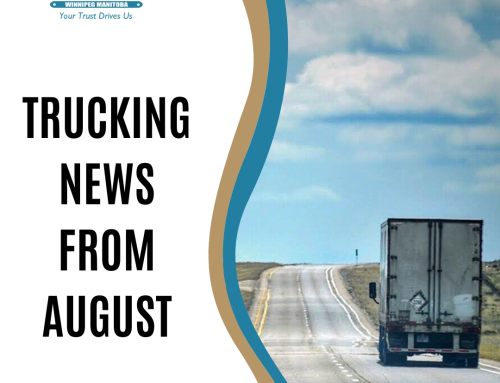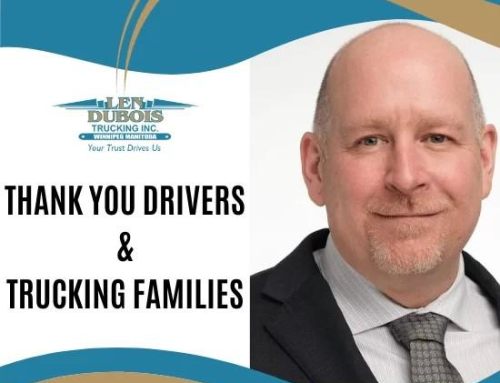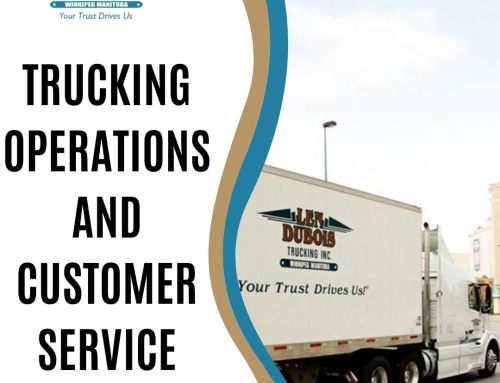
As long haul drivers we see more than our fair share of road rage, a step up from aggressive drivers, who are now adding screaming, rude gestures, and sometimes even violence to their poor driving skills.
Aggressive drivers and road rage are serious safety concerns and they make our roadways less safe. Aggressive driving includes tailgating, speeding, unsafe lane changes, inappropriate use of lights or horn, inappropriate gestures, and actions to intimidate others on the road.
Some Interesting (and terrifying) facts about Road Rage:
- 66% of traffic fatalities are caused by aggressive driving.
- 37% of aggressive driving incidents involve a firearm.
- Males under the age of 19 are the most likely to exhibit road rage.
- Half of drivers who are on the receiving end of an aggressive behavior, such as horn honking, a rude gesture, or tailgating admit to responding with aggressive behavior themselves.
- Over a seven year period, 218 murders and 12,610 injuries were attributed to road rage.
- 2% of drivers admit to trying to run an aggressor off the road!
How to Deal with Road Rage
The number one way to deal with road rage is to avoid it at all costs. As a professional driver, you must remain professional at all times. Driving defensively will go a long way to help you avoid incurring road rage. When you’re on the road make sure you:
- Keep a proper following distance
- Drive at speeds that are appropriate for the road and traffic situation you are in.
- Look ahead and anticipate what could happen around you by being aware of what is happening around you.
If you find that you have agitated another driver, regardless if you are actually at fault, do not retaliate. This only escalates the situation. You can’t take these things personally. Be polite, even when the other driver is not. Remain in control of the situation by not provoking an aggressive person.
Aggressive driving increases our risk of being involved in an accident or collision. It’s our responsibility, as professionals, to conduct ourselves in a safe and professional manner at all times. No one thinks their actions will end in a fatal accident – until it happens.





